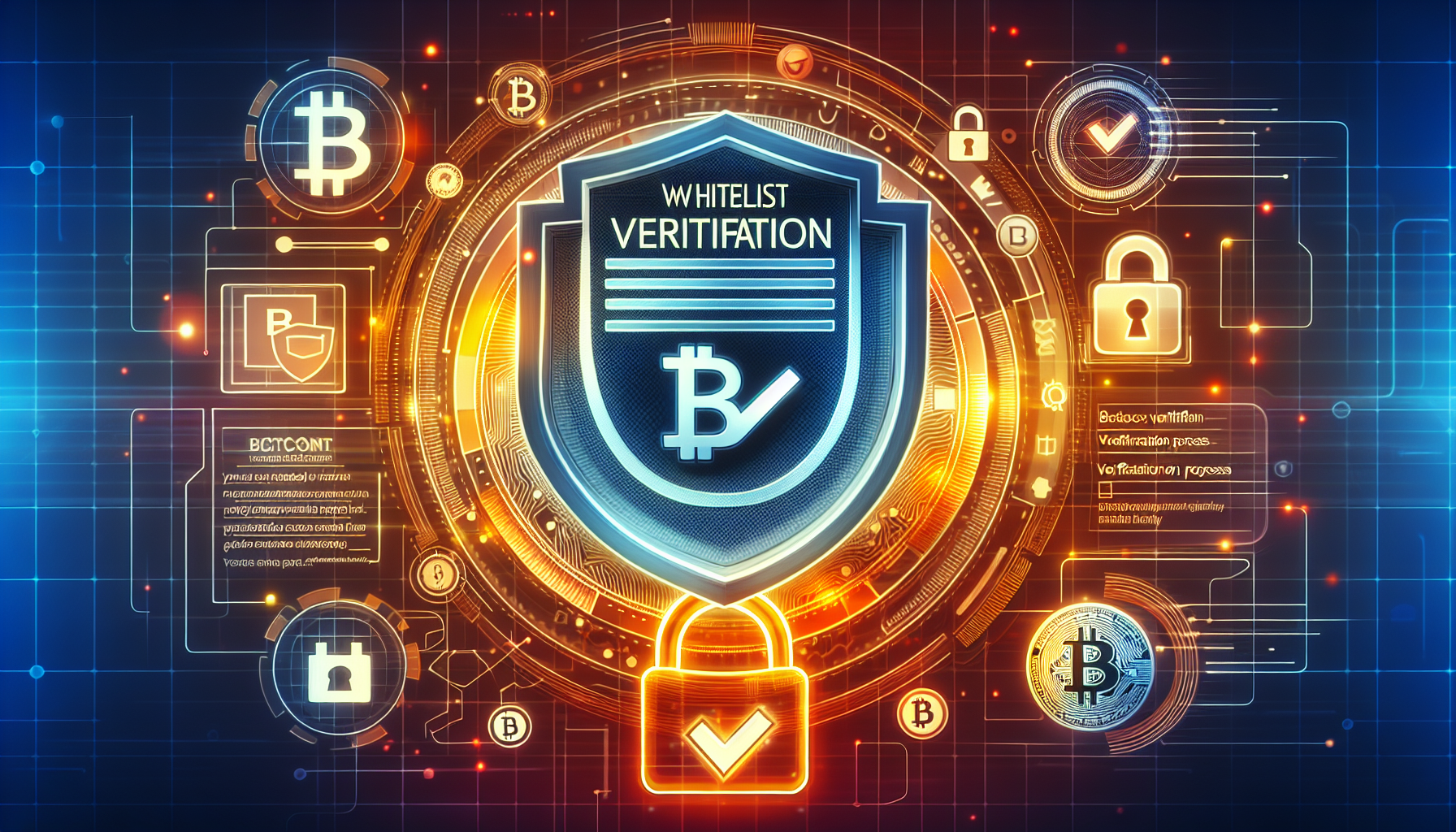Introduction: Why is Whitelist Verification Crucial?
Did you know that only 30% of cryptocurrency users understand the importance of securing their transactions? In a world where over 400 million individuals are investing in digital assets, the whitelist verification process has become essential for maintaining trust and security. But what exactly is this process?
What is Whitelist Verification?
Whitelist verification is a security measure used in cryptocurrency exchanges to ensure that transactions are executed only by authorized users. Think of it as a bouncer at a party: only those on the guest list can get in. This safeguards against fraud and unauthorized access.
How Does the Whitelist Verification Process Work?
- Step 1: Users submit their wallet addresses to be added to the whitelist.
- Step 2: The platform reviews and verifies the user’s identity and wallet information.
- Step 3: Approved addresses are added to the whitelist.
- Step 4: Only whitelisted addresses can execute transactions on the platform.
Benefits of Whitelist Verification in Cryptocurrency Trading
Utilizing whitelist verification can greatly enhance the security of your digital currency trades. Here are some notable benefits:

- Prevention of Fraud: It minimizes the risk of unauthorized transactions.
- Increased Trust: Users feel safe knowing their assets are protected.
- Compliance: Platforms can adhere to regulations more easily.
Real-life Examples of Whitelist Use
Major exchanges like Binance and Coinbase have implemented whitelist verification to enhance their security protocols. For instance, Binance allows users to set up a whitelist for cryptocurrency withdrawals, which has successfully reduced the instances of hack-related losses.
Challenges Associated with Whitelist Verification
While the whitelist verification process is essential, it does come with its challenges:
- User Inconvenience: Users may find the verification process tedious and time-consuming.
- Technical Glitches: Errors in the verification process can lead to lost transactions or unauthorized access.
Conclusion: Embrace the Whitelist Verification!
In conclusion, implementing a whitelist verification process is not just a trend but a necessity in the ever-evolving world of blockchain technology. For anyone looking to securely engage in digital currency trading, this is a must-adopt strategy. Remember, protecting your assets starts with being proactive!
Ready to secure your cryptocurrency investments? Explore the best practices for using whitelists and stay informed.
For more on securing your cryptocurrency, check out our articles on crypto safety tips and blockchain security measures.

Disclaimer: This article is for informational purposes only and does not constitute financial advice. Please consult local regulatory authorities before taking any action.


